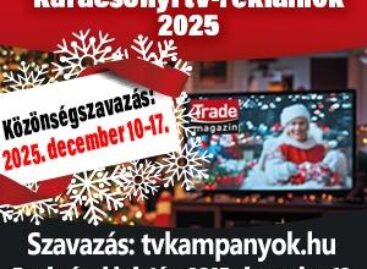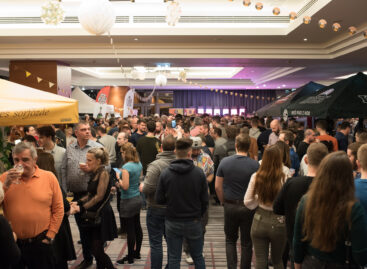Sunshine after rain?
Market research data was analysed at the April 17. meeting of the Trade marketing Klub An analysis of the recession in retail trade seen in 2007, viewed in international context was presented by Ákos Kozák, managing director of GfKHungária. This was the first year since 1990 that the volume of retail trade showed a decrease. We have a lost our ability to attract foreign capital a few years ago. Economic growth was down to 1.3 per cent in 2007, while this figure was 4.5-8 per cent for other countries of the region. However, the EU average was only 2.2 per cent. In Hungary, 23 per cent of incomes is spent on food on average at the moment, but the increase in food prices can alter this figure. On the basis of inflation, growth and unemployment rates 3 groups can be defined in our region. Low growth with high inflation is only present in Hungary. High growth coupled with high inflation is present in Romania and Bulgaria, while the Czech Republic, Slovakia, Poland and Slovenia enjoy high growth and low inflation. One out of four HUF is spent by Hungarian consumers in hyper markets. Though discount stores show growth, supermarkets succeeded in attracting the most customers from other distribution channels. Ákos Kozák believes that the market share of hyper markets will stop rising at 28 per cent by 2010, while discount stores might reach 24 per cent, with supermarkets maintaining their 15 per cent. Small stores organised in chains will stabilise their market share at 14 per cent. According to KSH data, the inflation in food prices was 11 per cent in 2007. However, some categories, like mineral water, carbonated soft drinks, biscuits, or mayonnaise showed growth. 2007 was not such a bad year after all for the FMCG sector and positive developments are expected in 2008. Tünde Turcsán from Nielsen, used Nielsen data to describe 2007. The weight of modern store types continued to grow. Private labels also produced dynamic growth. Concentration continued in the retail network. The number of stores was down by 700, compared to 2006, while average store space was up. 122 stores, representing only 0.5 per cent of the total accounted for 30 per cent of total FMCG sales. Though prices are an important consideration for consumers in choosing stores, assortment and the quality of fresh products are even more important. The popularity of private labels is expected to continue growing, though at a slower rate. The 40 per cent difference in price between private labels and brands in Hungary is much higher than the EU average. Manufacturers have to invest in brand building to compensate for the price disadvantage. The role of trade marketing in making shopping a more enjoyable experience is also increasing.
Related news
Related news
(HU) Karácsonyi tv-reklámok 2025 – indul a közönségdíj szavazás
🎧 Hallgasd a cikket: Lejátszás Szünet Folytatás Leállítás Nyelv: Auto…
Read more >In a luxurious environment, with unlimited tasting: the 9th Indoor Beer Festival is coming
🎧 Hallgasd a cikket: Lejátszás Szünet Folytatás Leállítás Nyelv: Auto…
Read more >The 7th Art is Business Awards were presented
🎧 Hallgasd a cikket: Lejátszás Szünet Folytatás Leállítás Nyelv: Auto…
Read more >



